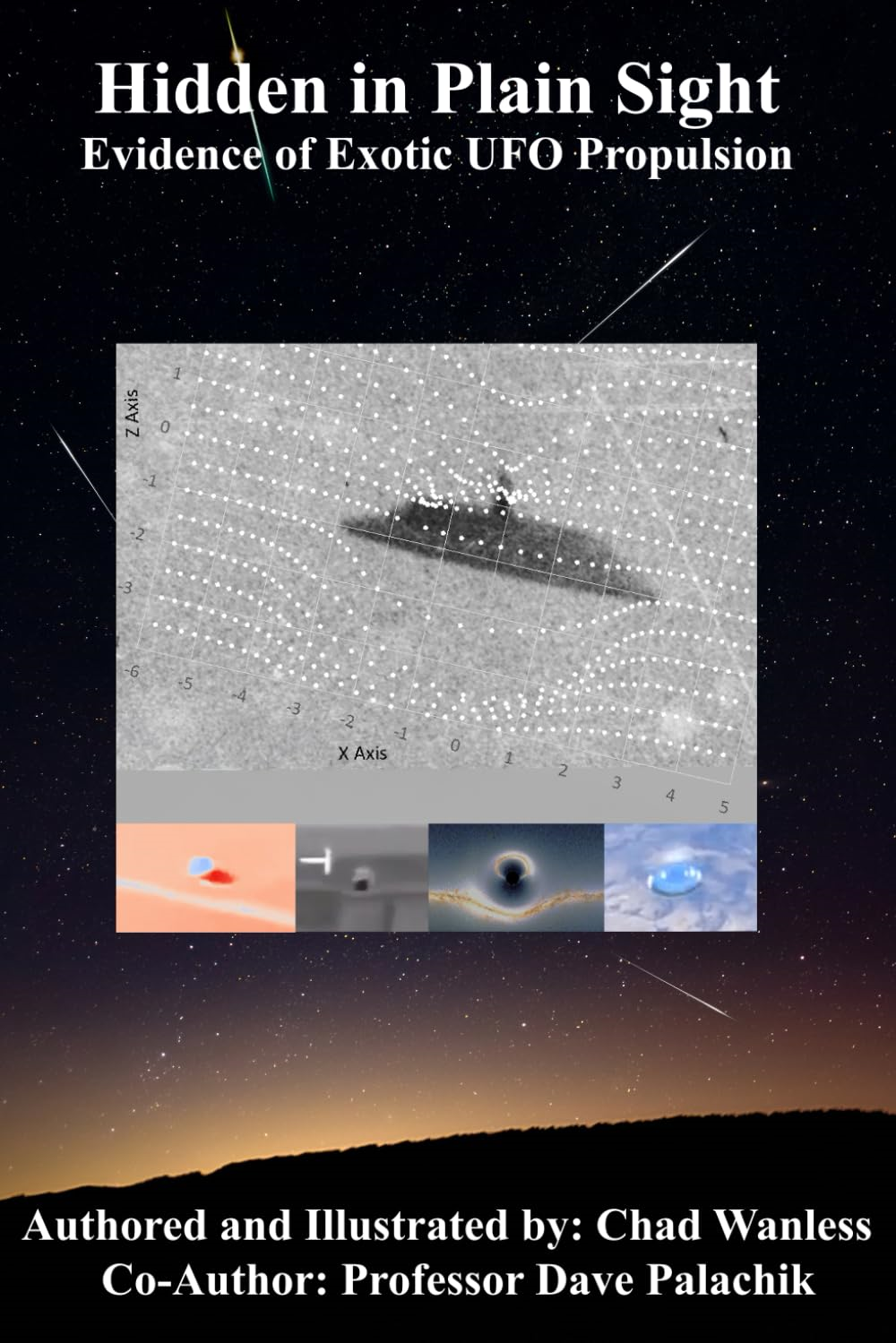Dream Chaser space plane gets FAA approval to land at Alabama airport0
- From Around the Web, Space
- June 3, 2022
The private spacecraft could be flying cargo missions to the space station as soon as 2023.
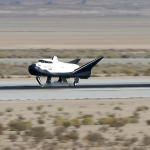
The private spacecraft could be flying cargo missions to the space station as soon as 2023.
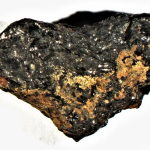
A rare stellar death may have formed a rock that eventually landed in Egypt.
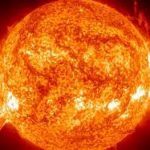
Astronomers have found that the sun is more metallic than we previously thought, potentially solving an astronomical mystery that scientists have grappled with for years.
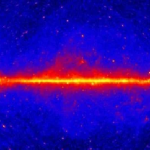
Something deep in the heart of the Milky Way galaxy is glowing with gamma radiation, and nobody can figure out for sure what it might be.

A new study says that growing plants on the Moon is possible. But it causes a massive amount of stress on the plants. The researchers published their findings in Communications Biology. It’s the first study to show success at growing plants in lunar soil returned from the Apollo missions all those years ago.
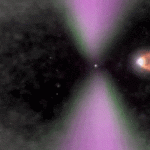
There are some strange objects lurking in our galaxy, and astronomers have just spied an extreme new candidate roughly 3,000 to 4,000 light-years away.
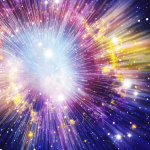
The inflationary epoch that caused our universe to rapidly expand in its earliest moments may be connected to the modern era of dark energy, thanks to a phantom component of the cosmos that changes the strength of gravity as the universe evolves, a physicist proposes in a new paper.
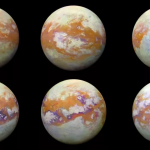
The surface of Saturn’s moon Titan looks a bit like Earth and a new study finally explains why.
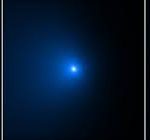
NASA’s Hubble Space Telescope has determined the size of the largest icy comet nucleus ever seen by astronomers. The estimated diameter is approximately 80 miles across, making it larger than the state of Rhode Island. The nucleus is about 50 times larger than found at the heart of most known comets. Its mass is estimated to be a staggering 500 trillion tons, a hundred thousand times greater than the mass of a typical comet found much closer to the Sun.
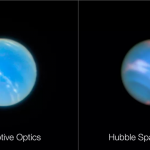
“We would expect temperatures to be slowly growing warmer, not colder.”
